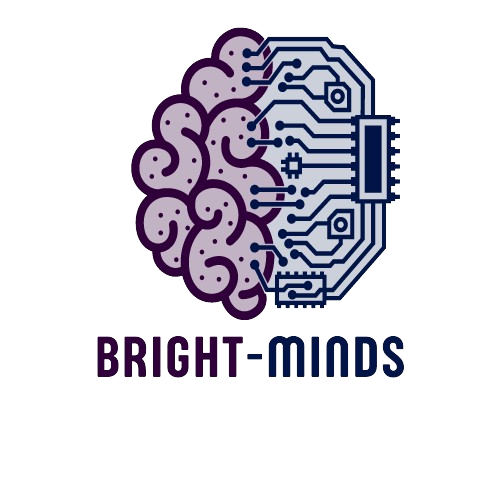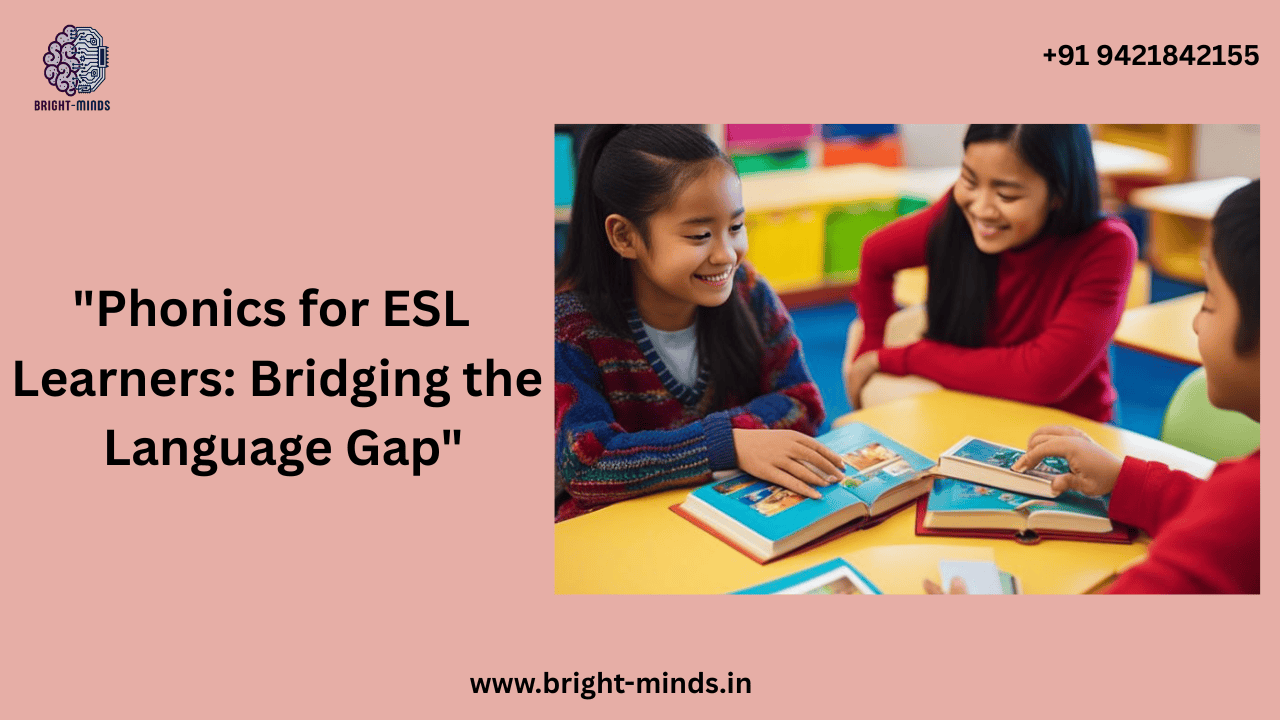Learning a new language can feel like unlocking a secret code, especially when that language is English—a language full of exceptions, silent letters, and tricky pronunciations. For ESL (English as a Second Language) learners, one of the most effective tools to decode this complexity is phonics. Phonics for ESL learners serves as a bridge between written words and spoken language, helping learners connect sounds with letters and letter patterns. Through systematic practice and exposure, learners gain the confidence to read, pronounce, and understand English words more naturally. In classrooms around the world, teachers are rediscovering the transformative power of phonics to close the language gap and make English learning more accessible.
Phonics is the foundation of reading and speaking fluency. It teaches the relationship between letters and sounds, enabling learners to “sound out” unfamiliar words instead of memorizing them. For instance, understanding that the letters “ph” make the /f/ sound helps students recognize patterns in words like “phone” or “elephant.” This decoding ability empowers ESL learners to approach reading and pronunciation logically rather than relying solely on rote memory. Unlike traditional vocabulary drills, phonics focuses on sound recognition, spelling patterns, and rhythm—key components for mastering English as both a spoken and written language.
The benefits of phonics for ESL learners extend far beyond pronunciation. Students who grasp phonics principles often experience enhanced listening comprehension, spelling accuracy, and reading fluency. Because English has numerous sound-letter combinations, learning these systematically helps learners process information faster and communicate more clearly. Imagine an ESL student encountering the word “knight” for the first time. Without phonics knowledge, they might pronounce the “k” or struggle to understand why the “gh” is silent. With phonics instruction, these patterns become predictable, reducing confusion and boosting confidence.
For many non-native speakers, the challenge lies in the differences between their native language and English phonetic systems. For example, a student whose first language lacks certain English sounds, such as “th” in “think” or “that,” might struggle to pronounce these words correctly. Phonics training provides focused practice on articulating such sounds, improving both clarity and comprehension. Over time, learners become more aware of how their tongue, lips, and vocal cords work together to produce accurate sounds. This awareness not only enhances pronunciation but also increases confidence in everyday communication, from classroom discussions to professional settings.
Globally, educational experts and language institutions have recognized the rising importance of phonics-based teaching for ESL learners. According to recent studies by the British Council and TESOL International, structured phonics instruction significantly improves English reading outcomes among non-native speakers, particularly young learners. The integration of digital tools and audio-visual aids has further revolutionized phonics teaching. Interactive platforms now allow learners to hear native pronunciations, repeat words, and receive instant feedback—making the learning process engaging and effective.
In classrooms, teachers are using creative phonics strategies to make learning fun and memorable. Activities like rhyming games, sound-matching exercises, and storytelling with phonetic focus help students internalize sound-letter patterns effortlessly. For instance, pairing images with sounds—such as showing a picture of a cat while emphasizing the “c” sound—creates lasting associations. Music and rhythm-based learning have also gained popularity; songs that emphasize phonetic sounds help learners retain pronunciation patterns while enjoying the learning experience. These methods turn language learning into an interactive adventure rather than a daunting task.
Phonics also plays a vital role in helping ESL learners develop strong reading comprehension. When students can decode words accurately, they free up cognitive resources to focus on meaning instead of pronunciation. This shift from decoding to understanding is what transforms a beginner reader into a confident one. Teachers often notice that once students gain phonics proficiency, their vocabulary expands naturally because they are no longer afraid to tackle unfamiliar words. This progress creates a positive learning cycle—better pronunciation leads to improved reading, which in turn leads to greater language fluency.
In today’s multicultural and multilingual classrooms, phonics instruction supports inclusivity by accommodating learners of diverse linguistic backgrounds. A student from Japan, for example, may face different pronunciation challenges than a student from Spain. Phonics-based teaching allows educators to personalize lessons, focusing on the specific sounds each learner struggles with. This adaptability makes phonics one of the most flexible and globally relevant methods for teaching English. Moreover, it bridges the cultural gap by helping learners communicate confidently with native speakers, classmates, and professionals worldwide.
For adult ESL learners, phonics offers renewed hope in mastering English pronunciation. Many adults who learned English through grammar-heavy methods struggle with spoken fluency because they never received foundational sound training. Phonics provides a practical and systematic approach that can be applied immediately in real-world conversations. Even short daily practice sessions—reading aloud, repeating sounds, or listening to phonetic drills—can make a noticeable difference in accent and comprehension. Corporate trainers and language institutes are increasingly incorporating phonics sessions into professional English courses to help employees communicate effectively in global workplaces.
Technology has also expanded the reach of phonics for ESL learners. Online platforms, apps, and digital courses now offer audio-based phonics lessons that mimic classroom interaction. Learners can record themselves, compare pronunciation with native speakers, and track their progress over time. Virtual reality and AI-powered tools have made it possible to simulate conversations in real contexts, providing immersive learning experiences that reinforce phonetic accuracy. This digital transformation has made phonics learning more accessible, flexible, and personalized than ever before.
The global demand for English proficiency continues to rise, with millions seeking opportunities in education, business, and travel. As a result, the need for effective language-learning strategies like phonics has never been greater. Schools in countries such as South Korea, India, and the United Arab Emirates are integrating phonics into early education curricula to prepare students for a world where English serves as a common communication bridge. These initiatives highlight a growing recognition that phonics is not just an elementary tool—it is a lifelong skill that supports continuous language growth.
Ultimately, phonics for ESL learners is about empowerment. It gives learners the tools to decode English confidently, express themselves clearly, and engage meaningfully with the world around them. By understanding how sounds connect to symbols, learners unlock the rhythm and melody of English, turning what once felt foreign into something familiar. Whether in a classroom, workplace, or at home, phonics transforms language learning from memorization into discovery.
If you’re ready to take your English learning to the next level, explore our specialized phonics programs and online courses designed specifically for ESL learners. Discover interactive lessons, expert guidance, and practical exercises that make mastering pronunciation and reading both enjoyable and effective. Visit our website today to start your journey toward confident communication—because every sound you learn brings you one step closer to fluency.
you may be interested in this blog here:-
Numeracy Skills for Pre-Primary Building a Strong Foundation
Learning Geography with Maps: A Kid’s Adventure Around the World

